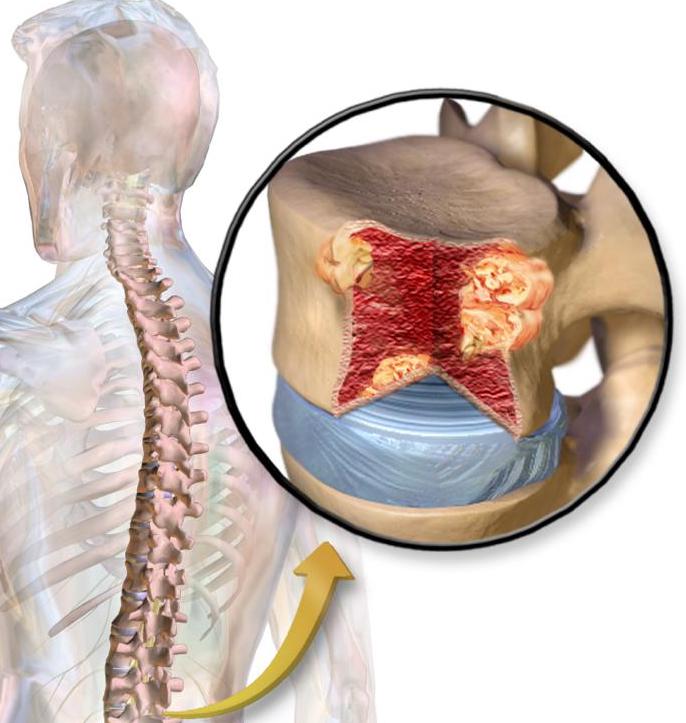Multiple Myeloma: Types, Symptoms, and CausesPlasma is a blood component that is integral to the proper functioning of the human body. This is mainly because it is responsible for supplying nutrients, hormones as well as proteins to different organs. Moreover, it is vital for developing antibodies in the bone marrow. So, if the production of plasma cells is decreased, then an individual might have a weak immune system. Multiple myeloma is a type of blood cancer that affects the plasma cells present in the soft tissues inside the bones, also known as bone marrow. It is one of the rarest cancers in the world.

Based on the effect of this cancer, it has been further categorized into three types:
- Indolent myeloma - This type of blood cancer is considered to be asymptotic in nature. Due to this, it often goes undetected. Also referred to as Smoldering myeloma, the patient suffering from it has more than ten per cent abnormal plasma cells in her/his bone marrow without any tumours. Along with this, the M-protein in more than 30 grams/litre.
- Active myeloma - An active form of myeloma wherein tumours in the bone marrow develop rapidly. A patient suffering from this type of blood cancer can have the cancerous cells to several parts of the body. In the bone marrow, more than ten percent of the cells are malignant.
- Relapse or recurrent multiple myeloma - Patients who have undergone treatment of either of the two multiple myelomas can have relapses. In such cases, the abnormal cell growth cannot be controlled with treatment. Moreover, some patients might exhibit improvement for a short period of time but cancer tends to relapse repetitively.
Symptoms
In the initial stages of multiple myeloma, symptoms or signs do not present itself. This suggests that the patient’s treatment plan is generally established at later stages. To determine the symptoms, the term “CRAB” is important:
Calcium - In this blood cancer, the patient has high levels of calcium in the body causing excessive thirst, nausea, vomiting, indigestion, and lack of appetite.
Renal failure - As the amount of M-protein is abnormally high in multiple myeloma patients, the chances of developing kidney-related issues are very high. In some cases, it can lead to kidney failure as well.
Anaemia - The overproduction of white blood cells or plasma cells in the bone marrow causes a lack of red blood cells or RBCs. When this occurs, the patient can suffer from anaemia. Its indicators are dizziness, fatigue, and irritability.
Bone damage - As the bone marrow is the most affected part of this rare blood cancer, the damage done to bones is relatively extensive. Fractures and bone pain are common in patients in different body parts such as the pelvic region, spine, ribs, skull, etc.
Causes
The cause behind abnormal plasma growth in the bone marrow has not been determined until now. There are a few risk factors that can lead to multiple myeloma in an individual. Besides this, being overweight, exposed to radiation or working in the petroleum industry can also lead to developing this blood cancer.
Treatment for multiple myeloma requires proper diagnosis with the help of blood tests and image testing. Several pathology labs provide medical test apps, however, only the most reputed one should be chosen.
|
Article Directory /
Arts, Business, Computers, Finance, Games, Health, Home, Internet, News, Other, Reference, Shopping, Society, Sports
|